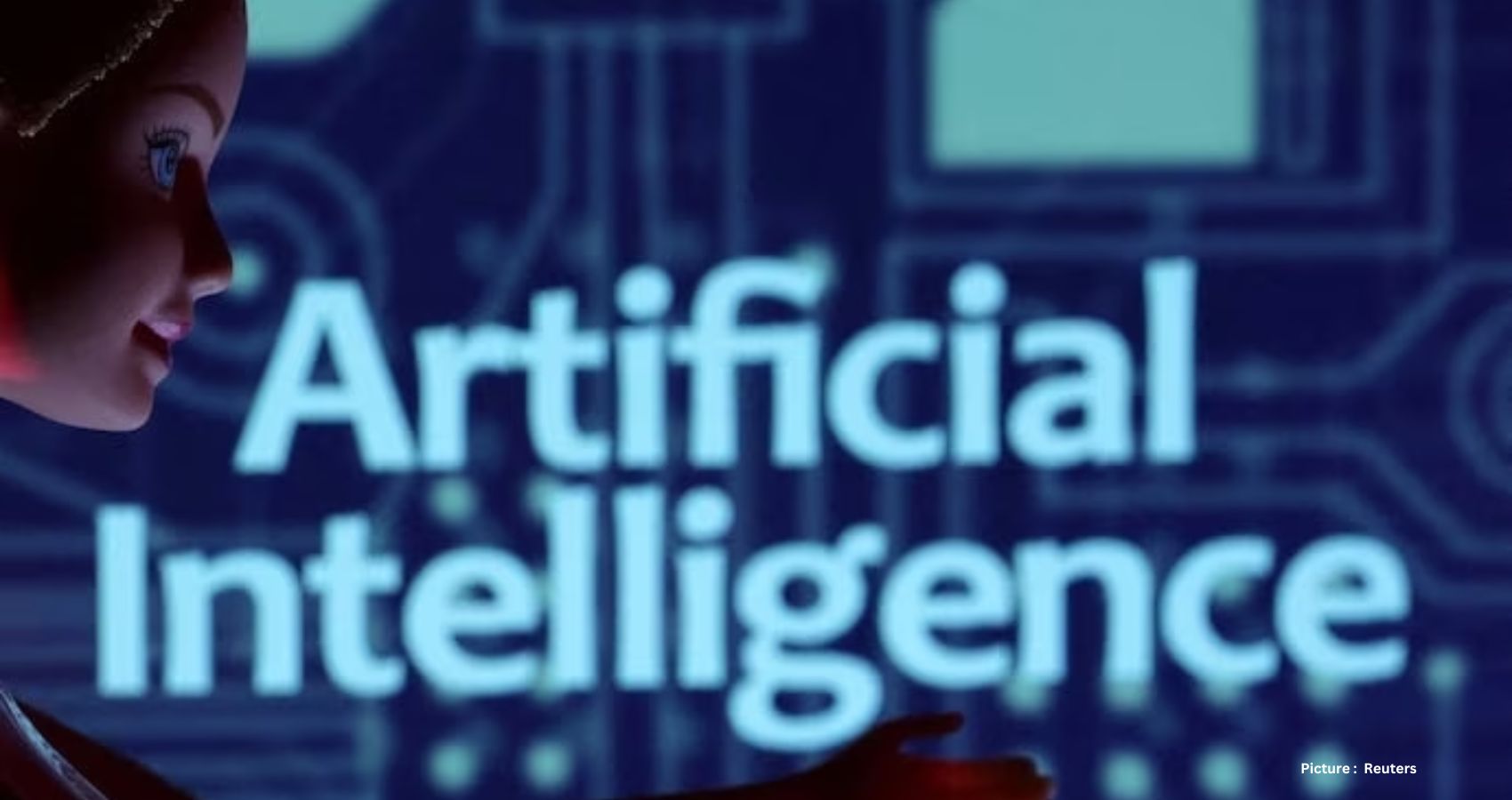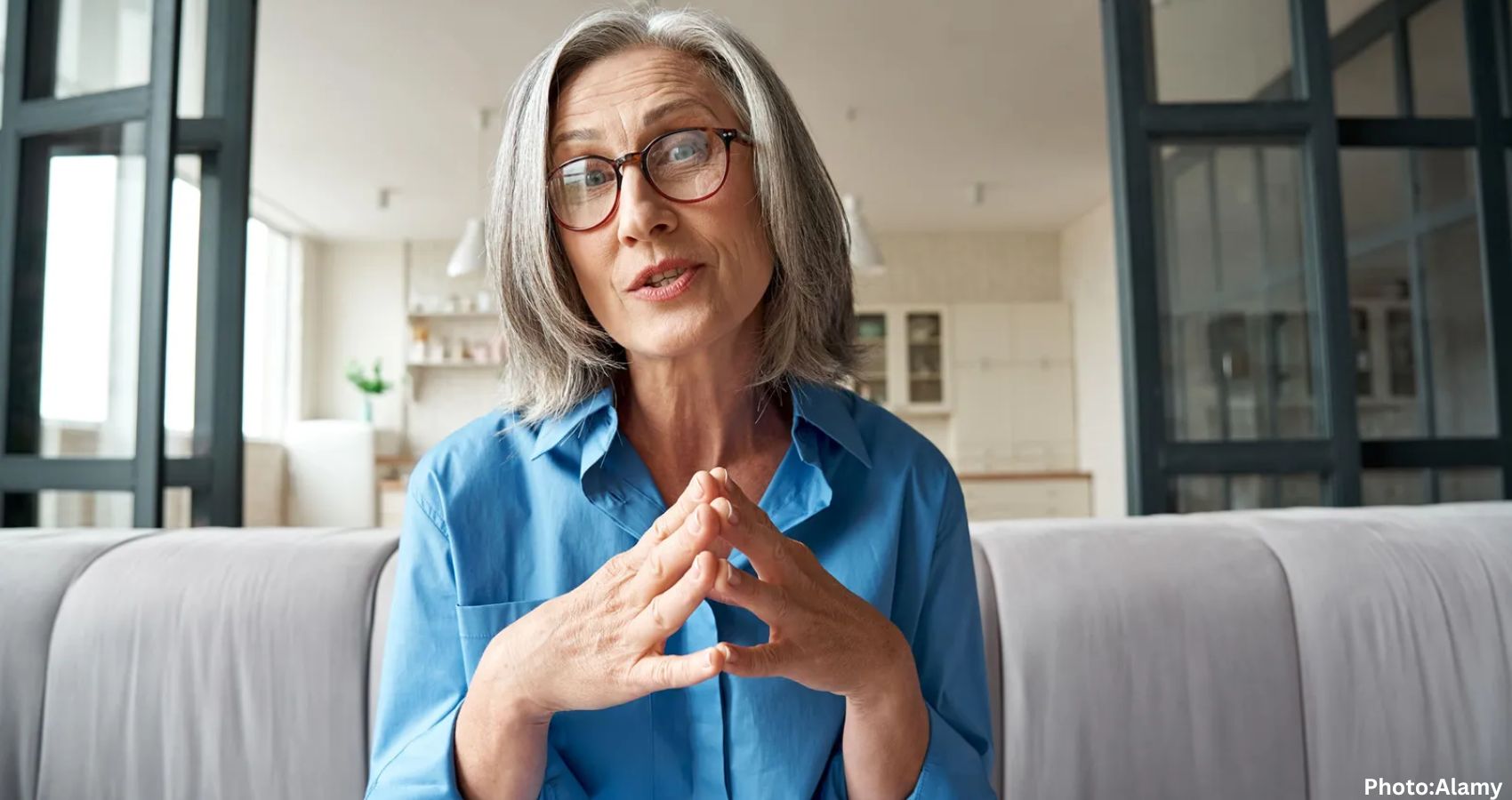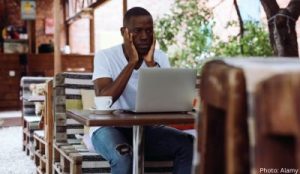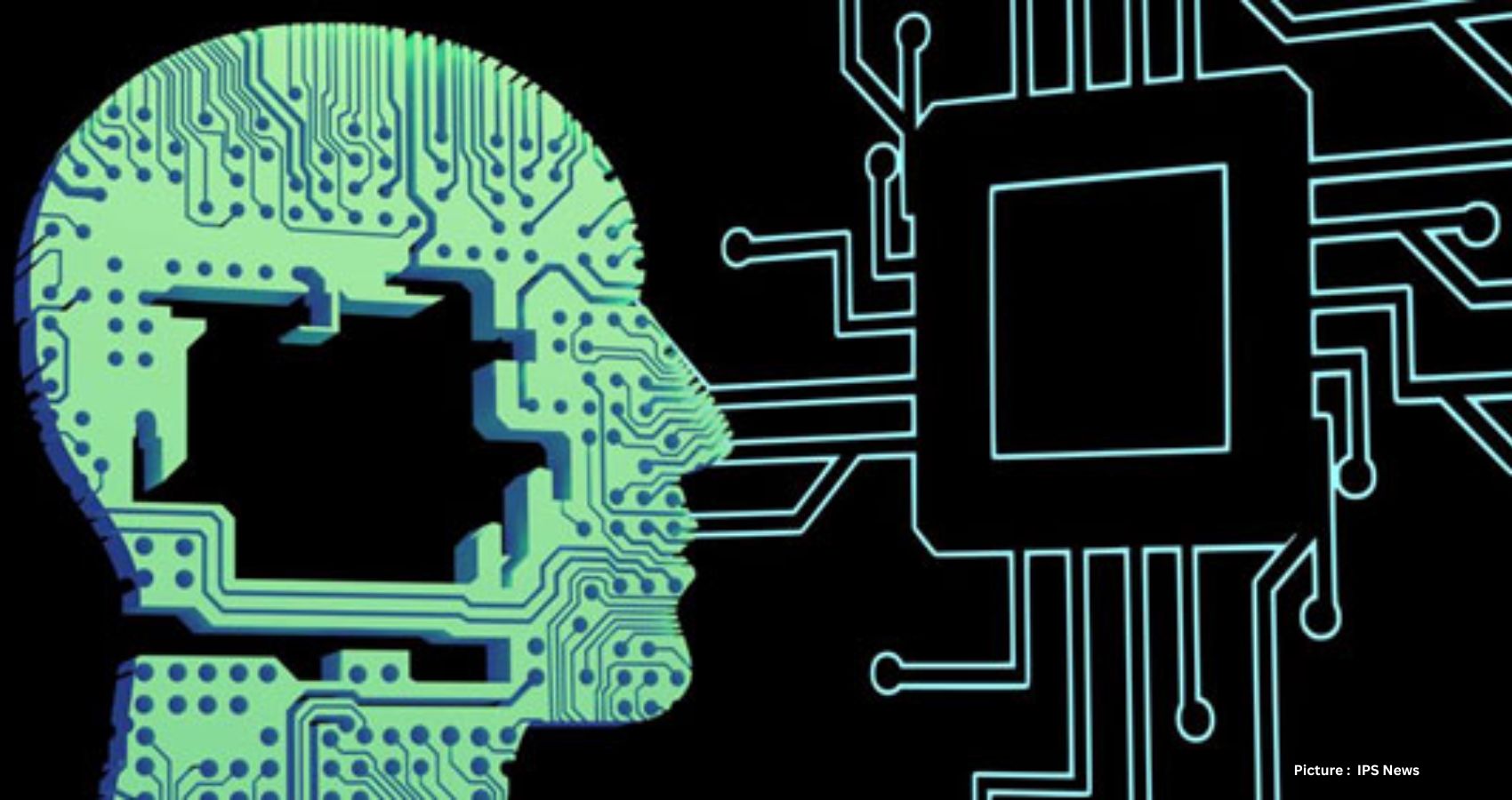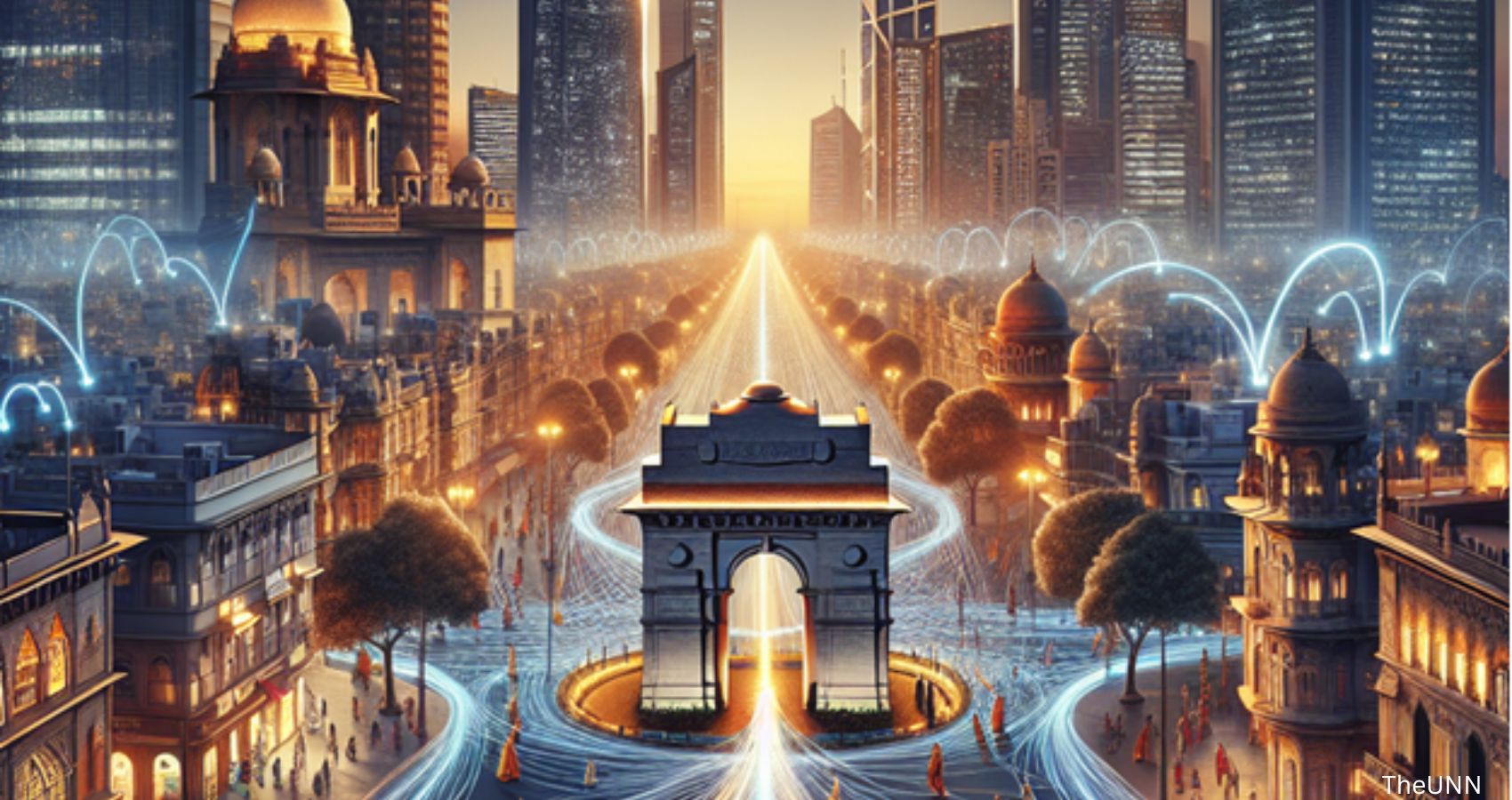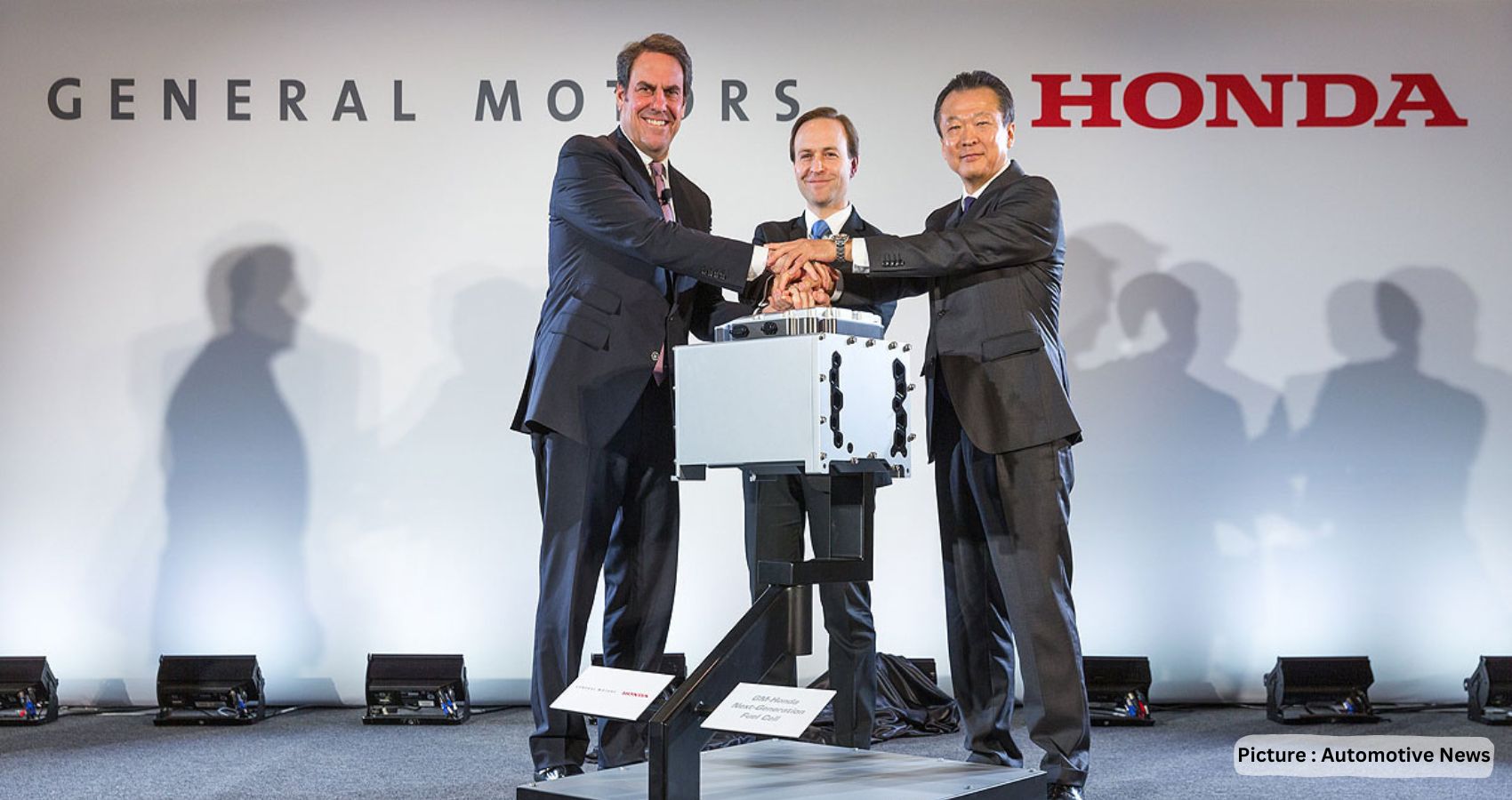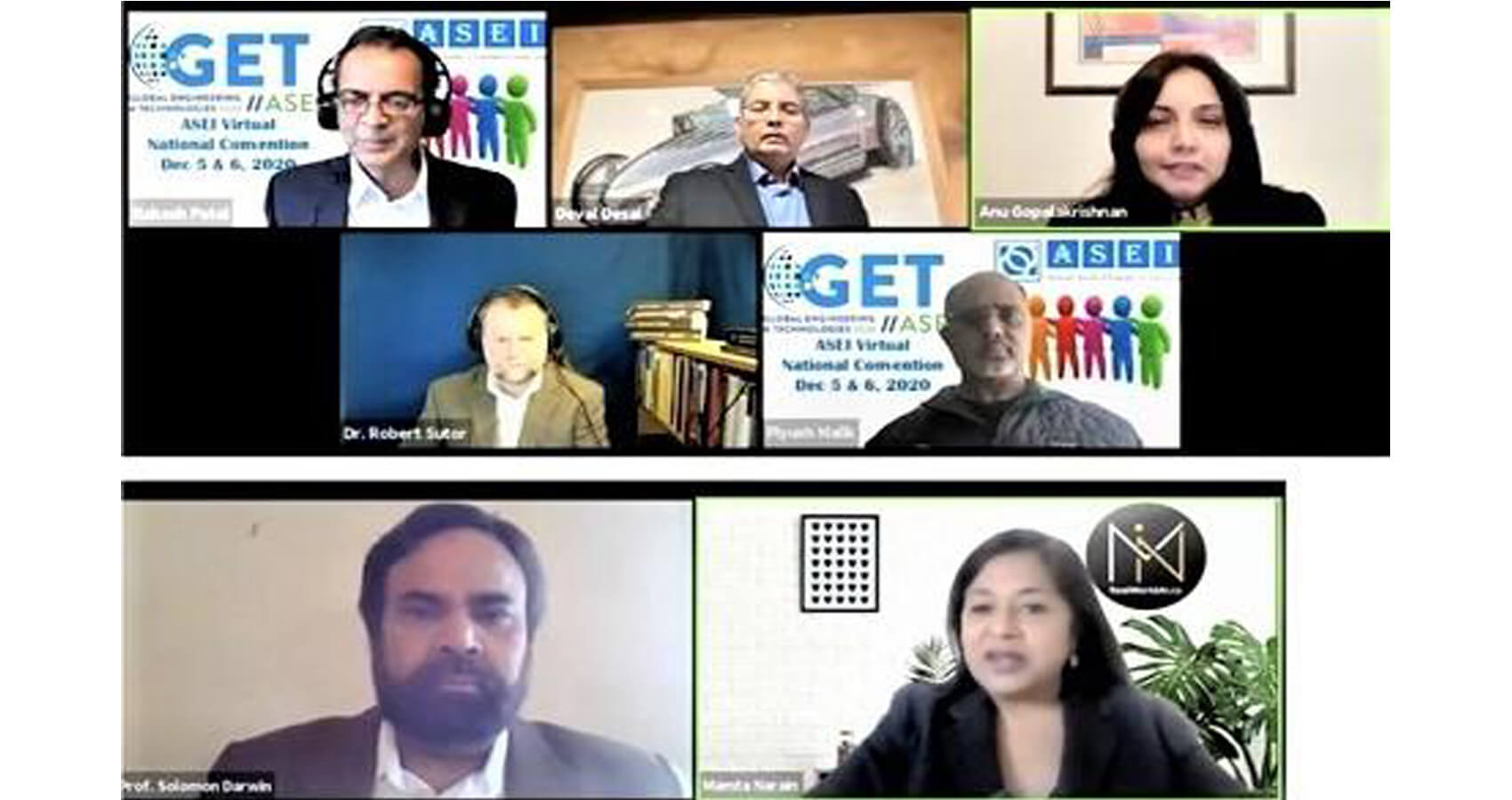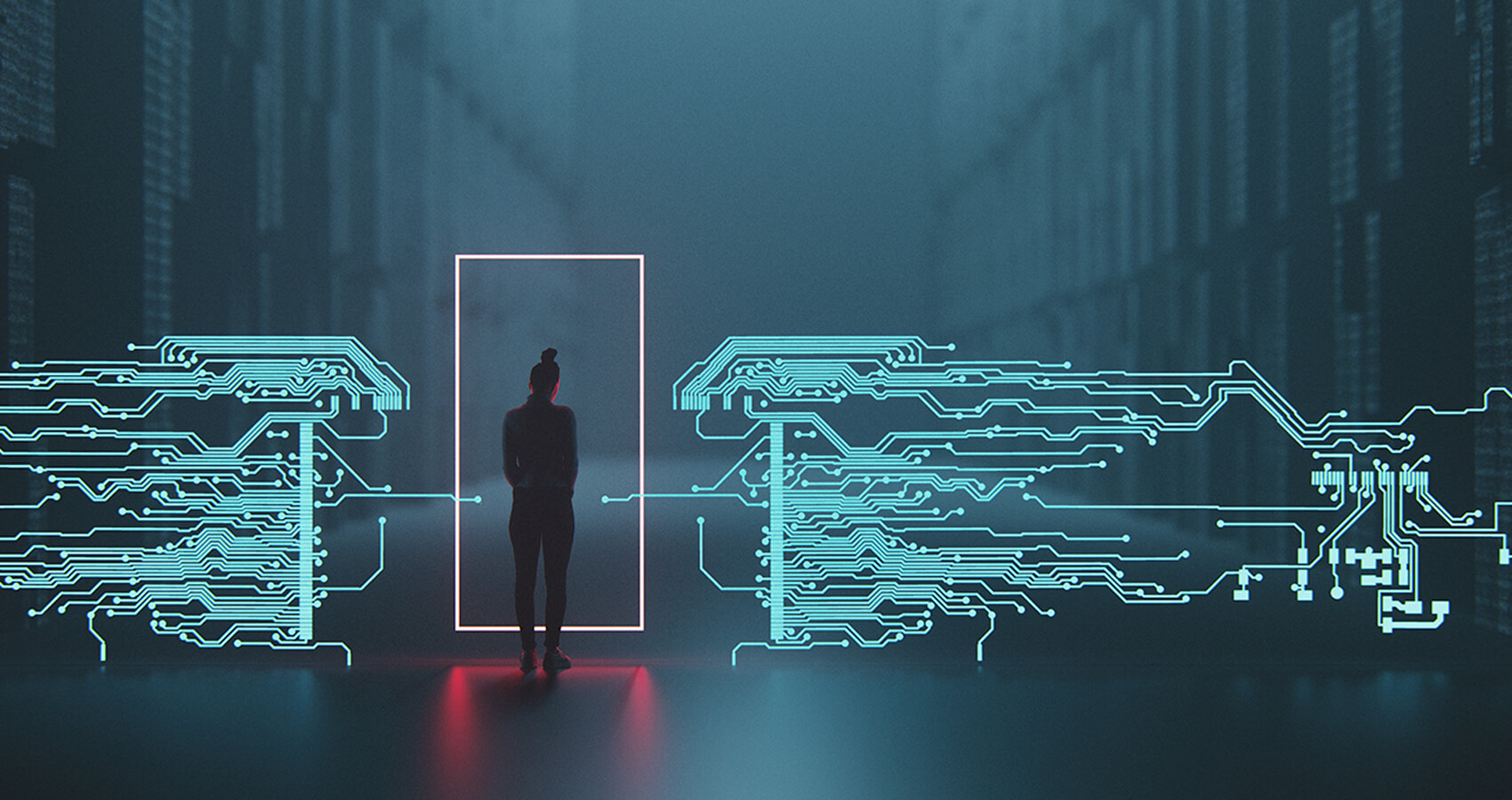A new UN Advisory Body is expected to make recommendations on international governance of AI. The members of the AI Advisory Body – launched October 2023 by Secretary-General António Guterres – will examine the risks, opportunities and international governance of these technologies. Credit: Unsplash/Steve Johnson
BANGALORE, India, Feb 5 2024 (IPS) – India is on the brink of a transformation that could change its economic and social future.
Before the end of this decade, more Indians will use AI every day than in any other country in the world. What’s more, people in advanced economies will be surprised by the ways the country will use AI.
India is on the cusp of a technological revolution that could alter the trajectory of its social and economic future, and in this revolution. there are lessons for the rest of the world.
Our prediction hinges on three facts: India needs it, India is ready for it, and India will do it.
India needs it
The concept of “China plus one” has been gaining traction, with its admonition that global companies should not depend inordinately on China for their manufacturing and software needs.
India, with its growing infrastructure investments, favorable policies, and young working population, is the most likely beneficiary of this shift. It is perhaps the only country poised to match the scale of China.
With 1.4 billion people, India is closer to a continent than a country. Its population is almost twice that of Europe. But the average age in India is 28, compared with Europe’s 44, which means a higher share of the population is of working age. This is the starting point: India is a very large country of very young people.
This demographic dividend, favorable global trends, and the unlocking of decades of suppressed potential are starting to show returns. Even as the macroeconomic projections for most of the world seem modest or bleak, India remains a bright spot. These young Indians are aspirational and motivated to use every opportunity to better their lives.
What really sets India apart from the West are its unique challenges and needs. India’s diverse population and complex socioeconomic concerns mean that AI there is not just about developing cutting-edge technology. It’s about finding innovative solutions to address pressing problems in health care, education, agriculture, and sustainability.
Though our population is just double the size of Europe’s, we are much more diverse. Indians, like Europeans, are often bi- or multilingual. India recognizes 19,500 dialects spoken by at least 10,000 people. Based on data from the Indian census, two Indians selected at random have only a 36 percent chance of speaking a common language.
This language barrier is complicated by the fact that the official literacy rate in the country hovers near 77 percent, varying vastly between states. This means that roughly 1 in 4 people can’t read or write. Even though the government tries to provide welfare assistance for its most vulnerable, it’s hard to spread awareness about the service and reach the last mile.
Filling out a simple form to access welfare can be daunting for someone who is illiterate. Determining eligibility for assistance means depending on someone who can read, write, and navigate the bureaucracy.
Actually. receiving services means assistance seekers must have an agent helping them who is not misinformed—or worse, corrupt. These barriers disproportionately affect those who need government assistance the most.
We have the ability to solve a lot of problems for our population, but the hard part has always been in the distribution, not the solution. In India, we believe that AI can help bridge this access gap.
AI enables people to access services directly with their voice using natural language, empowering them to help themselves. As Canadian writer William Gibson aptly said, “The future is already here—it’s just not evenly distributed.” Nowhere is this more glaringly evident than in India.
The rest of the world has been eyeing AI with curiosity, waiting for real-use cases. In India, we see potential today. While this may be true of many other developing economies, the other important factor is that.
The rest of the world has been eyeing AI with curiosity, waiting for real-use cases. In India, we see potential today.
India is ready for it
India’s population isn’t just young, it is connected. According to the country’s telecommunications sector regulator, India has more than 790 million mobile broadband users. Internet penetration continues to increase, and with the availability of affordable data plans, more and more people are online. This has created a massive user base for AI applications and services.
But where India has surpassed all others is in its digital public infrastructure. Today, nearly every Indian has a digital identity under the Aadhaar system. The Aadhaar is a 12-digit unique identity number with an option for users to authenticate themselves digitally—that is, to prove they are who they claim to be.
Further, India set up a low-cost, real-time, interoperable payment system. This means that any user of any bank can pay any other person or merchant using any other bank instantly and at no cost.
This system—the Unified Payments Interface—handles more than 10 billion transactions a month. It is the largest real-time payment system in the world and handles about 60 percent of real-time payment transactions worldwide.
With the success of these models, India is embracing innovation in open networks as digital public infrastructure. Take the example of Namma Yatri, a ride-hailing network built in collaboration with the union of auto-rickshaw drivers in Bangalore and launched in November 2022.
These drivers have their own app, with a flat fee to use it, no percentage commission and no middleman. The app has facilitated close to 90,000 rides a day, almost as many as ride-hailing companies in the city.
Unlike Western countries, which have legacy systems to overhaul, India’s tabula rasa means that AI-first systems can be built from the ground up. The quick adoption of digital public infrastructure is the bedrock for these technologies.
Such infrastructure generates enormous amounts of data, and thanks to India’s Account Aggregator framework, the data remain under the citizens’ control, further encouraging public trust and utilization. With this solid footing, India is well positioned to lead the charge in AI adoption.
India will do it
In September 2023, the Indian government, in collaboration with the EkStep foundation, launched the PM-Kisan chatbot. This AI chatbot works with PM-Kisan, India’s direct benefit transfer program for farmers, initiated in 2019 to extend financial help to farmers who own their own land.
Access to the program, getting relevant information, and resolving grievances was always a problem for the farmers. The new chatbot gives farmers the ability to know their eligibility and the status of their application and payments using just their voice. On launch day more than 500,000 users chatted with the bot, and features are being released slowly to ensure a safe and risk-managed rollout.
These steps are part of an encouraging trend of early adoption of new technology by the Indian government. But the trend extends beyond the government. India’s vibrant tech ecosystem has taken off as well, a direct offshoot of its booming IT exports—currently at nearly $250 billion a year.
Next to those from the US, the largest number of developers on GitHub, a cloud-based service for software development, are from India. This sector not only innovates but also widely adopts digital public infrastructure.
The effect is cyclical: start-ups feed the growing tech culture and, in turn, leverage the data to build more precise and beneficial AI tools. India’s dynamic start-up ecosystem, moreover, is actively working on AI solutions to address various challenges.
AI can be a game changer in education as well, helping close the literacy gap. AI technologies are uniquely positioned to help students learn in their native languages, as well as learn English. AI’s applications are useful not only for students; they extend to teachers, who are often overwhelmed by administrative tasks that detract from teaching.
As AI takes over routine tasks in government and start-ups, the roles of teachers and students evolve, and they form dynamic partnerships focused on deep learning and meaningful human interaction.
What India needs is a strategic plan to chase down the most important opportunities for AI to help. The trick is not to look too hard at the technology but to look at the problems people face that existing technology has been unable to solve.
And organizations such as EkStep have stepped up with a mission called People+AI. Instead of putting AI first, they focus on the problems of people. This has led to surprising new uses unique to India.
India’s emerging status as a technological powerhouse, combined with its unique socioeconomic landscape, puts it in a favorable position to be the world’s most extensive user of AI by the end of this decade.
From streamlining education to aiding in social protection programs, AI has the potential to deeply penetrate Indian society, effecting broad and meaningful change.
Nandan Nilekani is the chairman and cofounder of Infosys and founding chairman of UIDAI (Aadhaar); Tanuj Bhojwani is head of People+AI
Source: IMF Finance & Development
Opinions expressed in articles and other materials are those of the authors; they do not necessarily reflect IMF policy.
IPS UN Bureau

